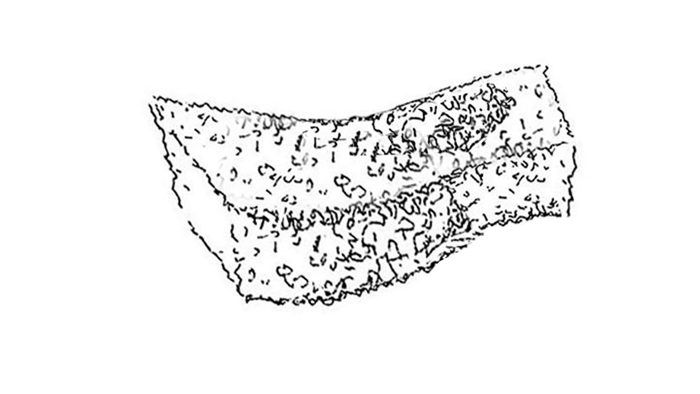Caulking Sponge
A dry finger tends to pull and drag the caulk. Keeping a wet sponge nearby solves the problem.

When I’m caulking trim with a latex caulk, I like having a wet sponge nearby. It not only makes for a neat job, but it lubricates my tooling finger, leaving a smooth finish for painting over. A dry finger tends to pull and drag the caulk, making a mess and leaving a rougher finish. I rinse and clean the residual caulk out of the sponge with water when it gets too messy to handle. The more often it gets cleaned, the neater the job.
— Mike Alexander; Monrovia, Md.
From Fine Homebuilding #270
RELATED STORIES
Got a Tip?
Do you have any great tips like this one on how a sponge can help you step up your caulking game? Share your methods, tricks, and jigs with other readers. Tag them @FineHomebuilding on social, email them to us at [email protected], or upload them to FineHomebuilding.com/reader-tips. We’ll pay for any we publish.






























View Comments
Yes, the sign of a Master Finish Carpenter, caulking.
Why does trim need caulking?
Thanks
caulk is needed on top of base because of wavy walls. everybody knows that,,,,great tip, thanks
remodel53,
This is Fine Homebuilding not Habitat for Humanity.
If you live in a home with wavy walls, I would suggest skim coating the lower foot or two with Gyproc compound where necessary and then sand with a long board. I've done this on walls when I've installed laminate counters. Easy enough to do the same for base moulding.
Alternatively, and historically, base cap moulding was used to conform to uneven walls and show moulding was used for uneven floors.
I'm not a tradesperson myself, just a homeowner that finds it easier to do it right myself, than to try to find someone who takes pride in their work and will do the job properly.
Suburbanguy,,,,you dont know me ! keep your stupid comments to yourself .
Trim outdoors requires caulking, even if all the materials are straight and flat.
It rains outside.
Yes, we all work on every detail until it is perfect, even if there is no budget for it. But in the real world, they sell caulk for a reason. I work on lots of very old houses. The wavy walls are part of the character, and trying to make everything square and straight would be as futile as it would be destructive.
I work on pre-war homes in New Orleans.
Civil War that is. "Put away your squares, and levels boys; we're working in the French Quarter today."
Sometimes the best that you can do is visual acceptance.
Caulk helps us with that,
Good tip, I've seen people caulk who look like a cat who just walked through a pan of peanut butter. As for the suburban guy who isn't even in the trades but is an expert, where do I even start? Some of the best woodworkers I have known, make furniture as a hobby, but could never make a living, since they don't understand the principle of diminishing returns. After college, when I entered the trades a contractor I was working for told me, "I can't afford to pay to twice as much to make something 10% better." All of my clients live in the real world with real budgets.